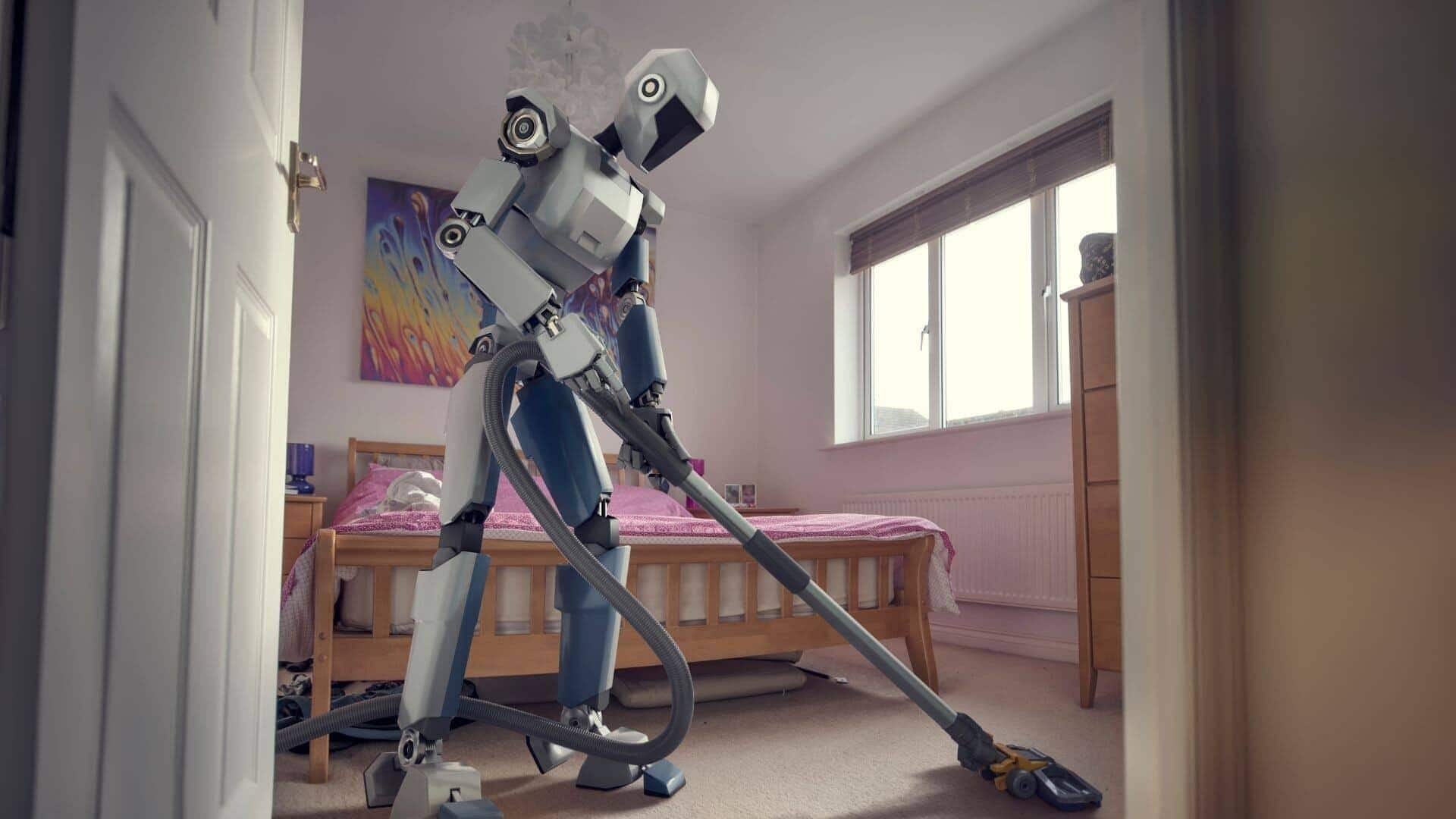
China adds 295,000 industrial robots to tackle demographic challenges
What's the story
China's manufacturing industry has defied concerns over its shrinking population by adding 295,000 new industrial robots in 2024. The development was highlighted in the 2025 International Federation of Robotics World Robotics Report. Despite a loss of 1.39 million people this year, China now operates a record-breaking 2.027 million industrial robots—the largest fleet globally.
Automation surge
Robots fill labor gaps
The new robots account for more than half of the world's 542,000 new installations, with Chinese factories leading the way. These machines perform tasks such as welding car frames, assembling electronics, and moving heavy loads with precision. They are particularly useful in filling labor gaps caused by demographic changes in China.
Future trends
Maintaining competitive edge
Professor Gao Xudong from Tsinghua University's School of Economics and Management, said that it's an inevitable trend for simple, repetitive tasks to be done by robots in the future. He added that despite a shrinking overall population, improvements in workforce education and widespread use of robots are helping China maintain its competitive edge in manufacturing.
Market growth
Japan and US follow China
China's 295,000 new robots in 2024 mark a 5% increase over last year. Japan and the United States follow with 44,500 and 34,200 new units, respectively. The global market for industrial robots has also grown by 9% to reach a total of 4.664 million installations worldwide.
Industry evolution
Humanoid robots and skilled worker shortage
Humanoid robots are the next phase of industrial transformation. In August, Tiantai Robot from Guangdong received an order for 10,000 humanoid robots, the largest in the industry's history. However, experts warn that by 2030 China could face a shortage of 50 million high-skilled blue-collar workers. Skilled workers will be essential to support the growth of intelligent industries such as robot maintenance and operation.